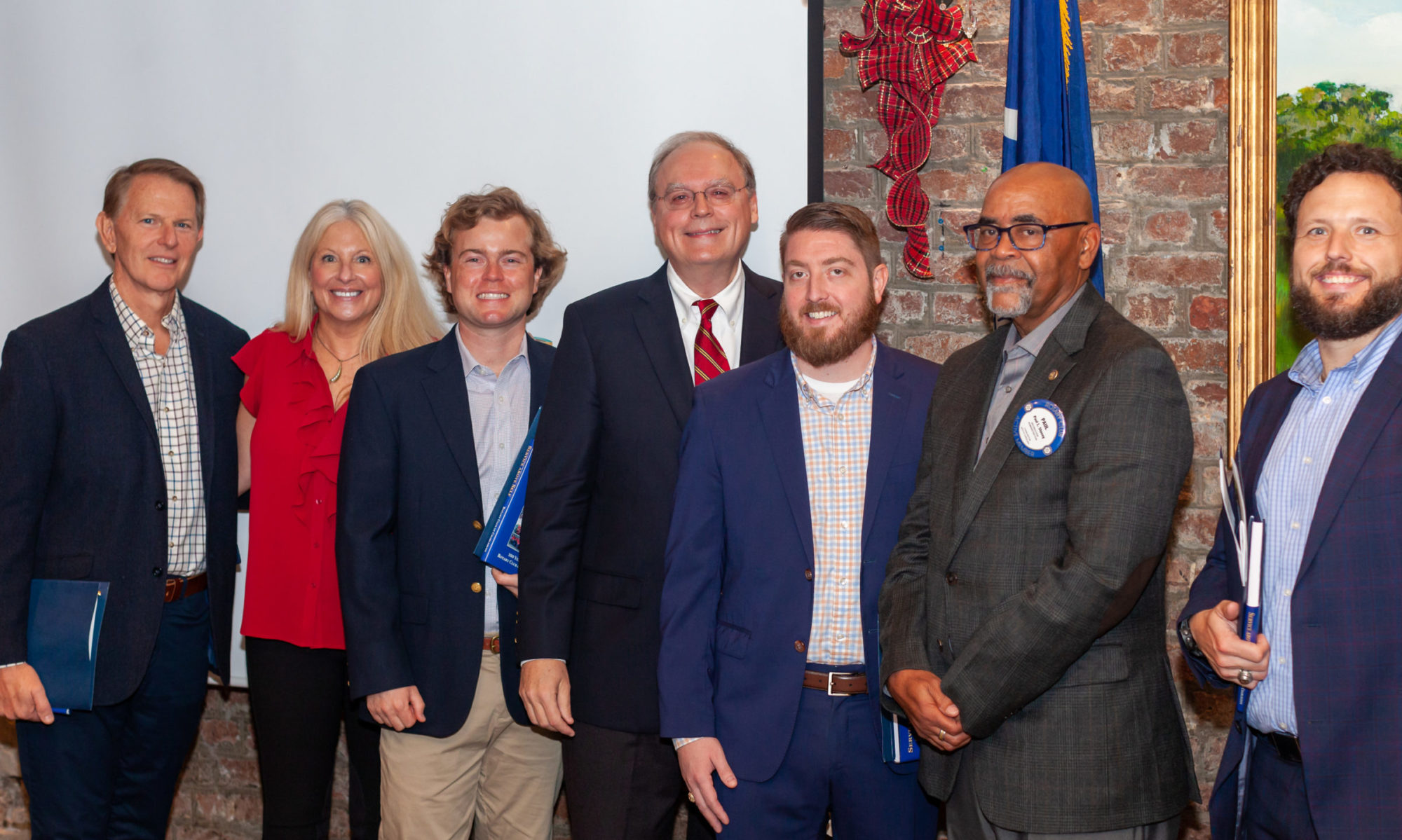August 9, 2016: Jay Karen, CEO of the National Golf Course Owners Association (NGCOA) joined us for our August 9 meeting. Karen was most recently CEO of Select Registry, a collection of more than 300 fine inns, bed and breakfasts, and boutique hotels and for seven years prior, CEO of the Professional Association of Innkeepers International. Jay holds a Master of Arts degree in American History from the College of Charleston and is a Certified Association Executive (CAE) by the American Society of Association Executives. His primary interests include spending as much time with his family as possible (priorities), playing golf (since the age of 8), amateur photography (who isn’t these days?), social media (he keeps Facebook in business), contemplating the meaning of life (doesn’t everyone?), swinging a 53-pound kettlebell as often as he can (you should too), and eating foods that are really bad for him (one foot on the gas, one foot on the brake).
He started by explaining how the business of Golf Course ownership is a very diverse business involving, not only Golf, but farming, as well as hospitality, and event planning. Even with as much passion as he has for golf, Jay indicated an even greater passion for small business.
The NGCOA was founded in 1979 on behalf of privately owned public golf courses and represents the owners in the myriad of associations related to golf. The national headquarters has been in Charleston since 1990 and promotes Education Advocacy and Commerce by education owners, advocating in D.C. and working to increase value for owners.
He went on to describe the black cloud that is currently over the golf industry but in spite of high profile news on retailers closing and Nike exiting golf, the situation is not as bleak as it seems.
Jay told of the history of golf starting with the private clubs up until the 1950s, then Arnold Palmer popularized golf in the 1950s and 60s. in the 80s and 90s golf course communities emerged fueling the supply of golf courses but not due to demand for courses but to sell higher priced homes. The closing of courses doesn’t represent the death of golf but just the normalizing of supply and demand. It is still a $70 Billion business. 22 million people played last year, 2.2 million played for the first time in 2015 so indicators are that golf is making a comeback
He then presented a SWOT analysis of the golf industry outlining the Strengths, Weaknesses, Opportunities and Threats for the industry.
The strengths include the nearly 24 million customers last year, the beautiful surroundings, as well as the athletic aspect of the game, that it’s fun and affordable, it is lifelong and fosters relationships unlike any other activity. It is a $70 billion industry with diverse offerings from low end to high end and its tribalism elements such as clubs, equipment, and lingo are attractive.
Weaknesses on the other hand include its difficulty to play, time consumption, many rules. Strengths are also weaknesses such as its tribalism is exclusionary, it is elitist and anti-beginner, and it has hospitality and customer relationship management building problems.
Threats include declining participation, changes in family values and demographics, work life balance and the decline of easy courses. In addition, online booking has given golf the appearance of a commodity.
He ended on a positive note with the opportunities that exist for the industry. He indicated that they have the ability to change leadership and redefine the golf story. They can capitalize on the power of online agents and use technology to their benefit. They can also cater to the new family dynamics by having shorter rounds of play, partner with parks and recreation and present alternative forms of play such as foot golf and fling golf.
— Don Baus, Keyway Committee Chair


